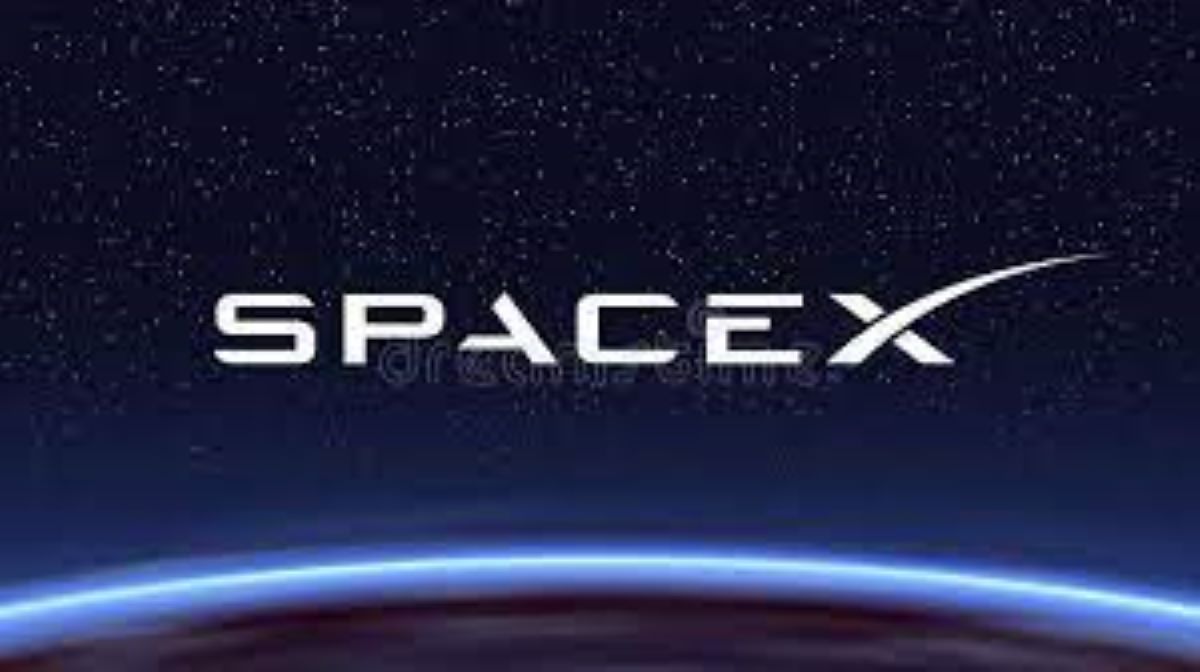
Early on Monday, April 17, Elon Musk’s SpaceX finished final preparations for the launch of its powerful new Starship rocket system into orbit on a brief but much-awaited test flight sans crew from the Texas Gulf Coast.
A Milestone For SpaceX
Whether or not the test mission’s goals are fully achieved, it still marks a significant step towards SpaceX’s ultimate aim of returning people to the moon and, eventually, Mars. This is also the primary purpose of a revamped NASA spaceflight program designed to incorporate the Starship.
But even just launching a spaceship, which, if it succeeds, would become the most formidable rocket on Earth, presents SpaceX with a significant amount of difficulty.
As per The Telegraph, the California-based organization earlier on Sunday posted on Twitter that its launch crews were continuing with flight preparations while closely monitoring any potential wind-shear conditions in the forecast that may cause a delay.
Musk stated on Sunday night that postponing the flight rather than a Monday launch was more likely. SpaceX has backup launch alternatives on Tuesday and Wednesday at around the exact times.
The SpaceX Project
SpaceX has a history of being ready to have test missions explode, in contrast to NASA, which tries to minimize risk. According to Musk, the private company gains from knowing what goes wrong. For upcoming test launches, more rockets are already being manufactured.
In recent years, prototypes of the Starship have conducted several subspace test flights over Earth, but the far bigger Super Heavy rocket has never taken off.
The rocket system’s top and lower stages are designed to return to Earth safely so that they may be reused, but on Monday, both are scheduled for a fall into the ocean.
Elon Musk, the creator of SpaceX, claims that because rockets can be reused, space travel is much less expensive than what NASA could provide.

